Recombinant Human EEF1E1 protein(Met1-His174), His-tagged
| Cat.No. : | EEF1E1-131H |
| Product Overview : | Recombinant Human EEF1E1 (NP_004271.1) (Met1-His174) was expressed in E. coli with a polyhistide tag at the N-terminus. |
- Specification
- Gene Information
- Related Products
- Case Study
- Application
- Download
| Species : | Human |
| Source : | E.coli |
| Tag : | His |
| Protein Length : | Met1-His174 |
| Form : | Lyophilized from sterile PBS, 10% Glycerol, pH 7.4. Normally 5 % - 8 % trehalose, mannitol and 0.01% Tween80 are added as protectants before lyophilization. |
| Molecular Mass : | The recombinant human EEF1E1 consists of 189 amino acids and predicts a molecular mass of 21.6 KDa. It migrates as an approximately 19-24 KDa band in SDS-PAGE under reducing conditions. |
| Purity : | > 85 % as determined by SDS-PAGE |
| Storage : | Samples are stable for up to twelve months from date of receipt at -20°C to -80°C. Store it under sterile conditions at -20°C to -80°C. It is recommended that the protein be aliquoted for optimal storage. Avoid repeated freeze-thaw cycles. |
| Reconstitution : | It is recommended that sterile water be added to the vial to prepare a stock solution of 0.2 ug/ul. Centrifuge the vial at 4°C before opening to recover the entire contents. |
| Gene Name | EEF1E1 eukaryotic translation elongation factor 1 epsilon 1 [ Homo sapiens ] |
| Official Symbol | EEF1E1 |
| Synonyms | EEF1E1; eukaryotic translation elongation factor 1 epsilon 1; P18; eukaryotic translation elongation factor 1 epsilon-1; AIMP3; aminoacyl tRNA synthetase complex interacting multifunctional protein 3; ARS-interacting multifunctional protein 3; multisynthase complex auxiliary component p18; p18 component of aminoacyl-tRNA synthetase complex; aminoacyl tRNA synthetase complex-interacting multifunctional protein 3; |
| Gene ID | 9521 |
| mRNA Refseq | NM_001135650 |
| Protein Refseq | NP_001129122 |
| MIM | 609206 |
| UniProt ID | O43324 |
| ◆ Recombinant Proteins | ||
| EEF1E1-2649M | Recombinant Mouse EEF1E1 Protein, His (Fc)-Avi-tagged | +Inquiry |
| Eef1e1-1395M | Recombinant Mouse Eef1e1 protein, His & T7-tagged | +Inquiry |
| EEF1E1-1384R | Recombinant Rhesus monkey EEF1E1 Protein, His-tagged | +Inquiry |
| EEF1E1-3510H | Recombinant Human EEF1E1 protein, His-tagged | +Inquiry |
| EEF1E1-4209HF | Recombinant Full Length Human EEF1E1 Protein, GST-tagged | +Inquiry |
| ◆ Cell & Tissue Lysates | ||
| EEF1E1-6713HCL | Recombinant Human EEF1E1 293 Cell Lysate | +Inquiry |
Case 1: Kang T, et al. J Mol Biol. 2012
AIMP3/p18 facilitates Met-tRNA transfer from methionyl-tRNA synthetase (MRS) to eIF2γ for translation initiation, enhancing protein synthesis via the multisynthetase complex (MSC). Its selective binding to Met-charged tRNA and recruitment of eIF2γ highlights AIMP3’s role in regulating mRNA translation, offering insights into MSC-driven translational control mechanisms and potential therapeutic targets for protein synthesis disorders.
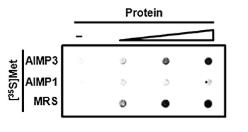
Fig1. Interaction between AIMP3 and Met was determined by the filter-binding assay.
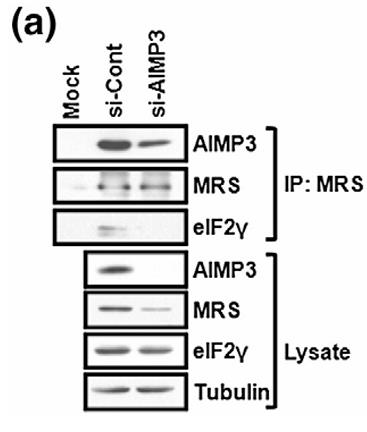
Fig2. HeLa cells were transfected with si-control and si-AIMP3.
Case 2: Kim C, et al. Aging Cell. 2019
Hypoxia suppresses AIMP3 expression to delay stem cell senescence by reducing p16INK4a and enhancing MSC proliferation. AIMP3 overexpression disrupts mitochondrial respiration, inhibits autophagy, and accelerates aging via HIF1α downregulation and Notch3 activation, revealing metabolic-autophagy crosstalk as a therapeutic target for aging-related tissue regeneration and stem cell-based therapies.
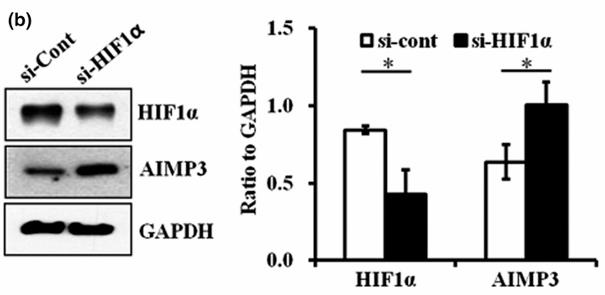
Fig1. The suppression of HIF1α induced AIMP3 under hypoxia at p5, whereas HIF1α overexpression under normoxia significantly repressed AIMP3.
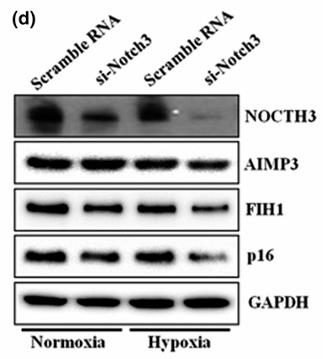
Fig2. The suppression Notch3 expression downregulated AIMP3, FIH1, and p16INK4a in the hpMSCs under hypoxia.
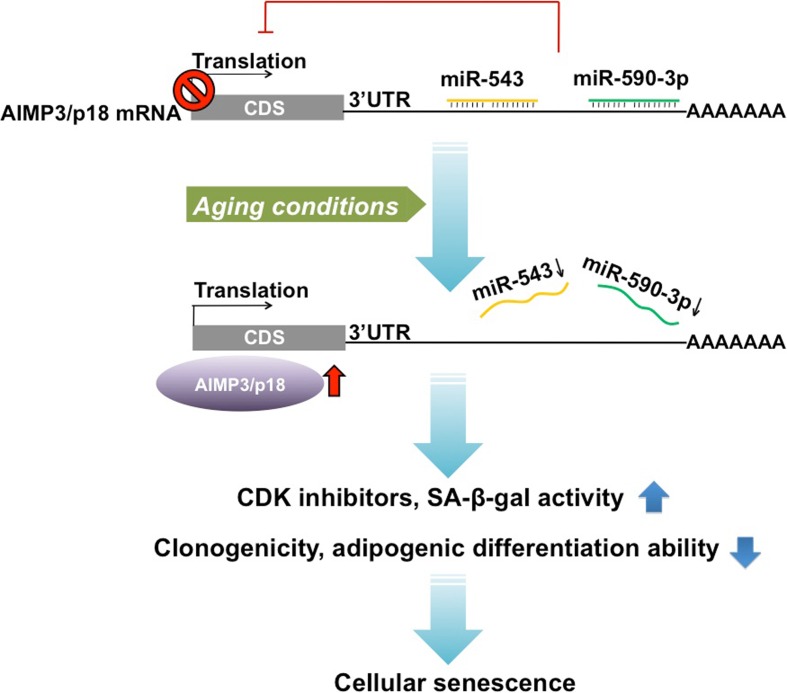
Fig1. Schematic diagram describing the regulation of AIMP3/p18 and the mechanism by which AIMP3/p18 controls cellular senescence. (Seunghee Lee, 2014)
Not For Human Consumption!
Inquiry
- Reviews
- Q&As
Ask a Question for All EEF1E1 Products
Required fields are marked with *
My Review for All EEF1E1 Products
Required fields are marked with *
Inquiry Basket


